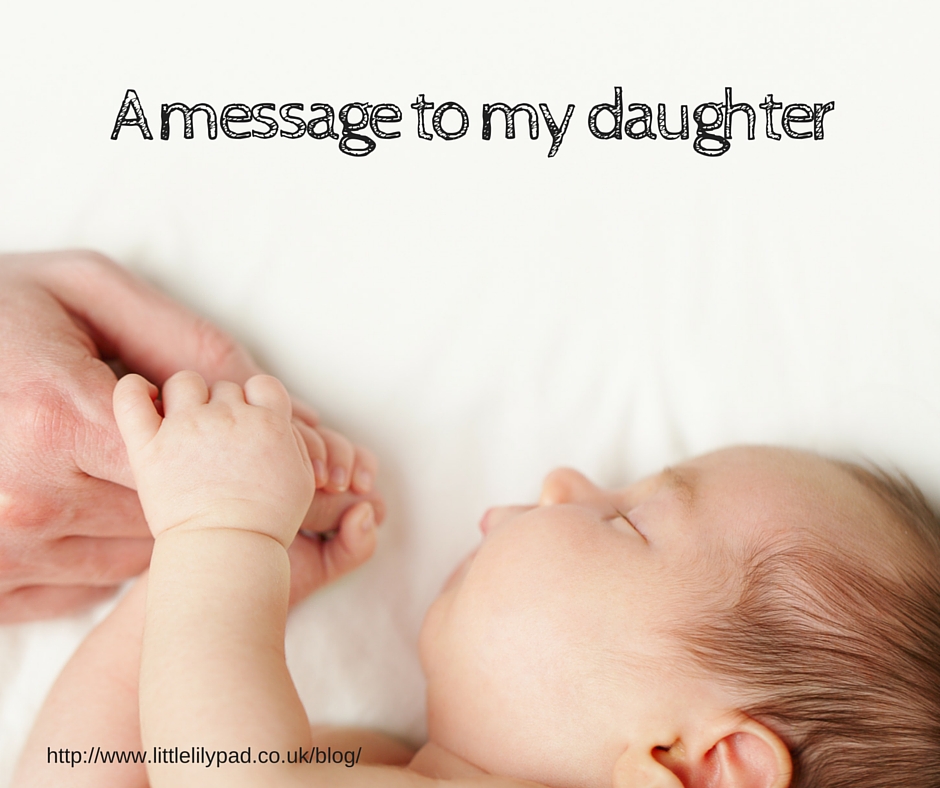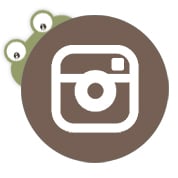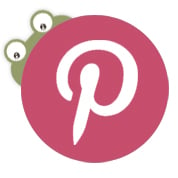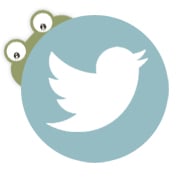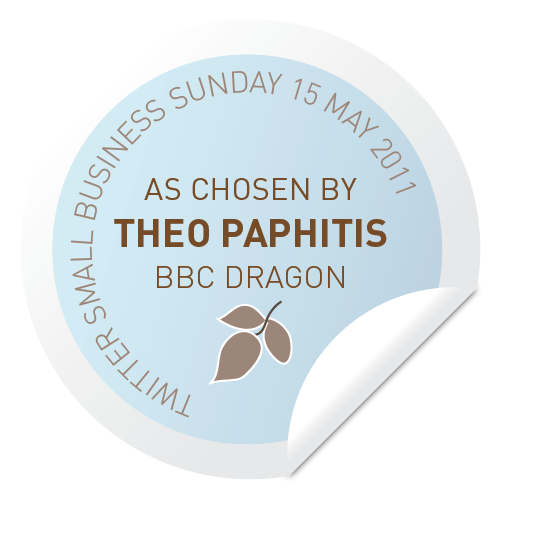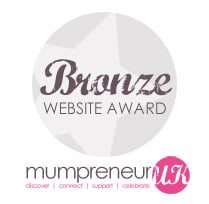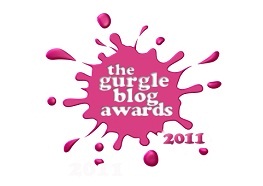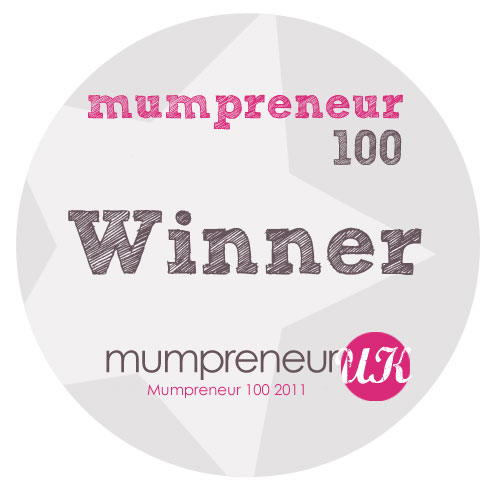We are delighted to have a guest post from Amanda Tradwick with Everything You Need to Know about Cloth Diapers.
Every year, millions of disposable diapers wind up in landfills. Many of the materials used in these diapers are not biodegradable. They also contain harsh chemicals that can irritate your baby's skin and leach into the ground water once they have been dumped in the landfill. Most parents turn to disposable diapers because they are convenient -- you just toss them and go. However, cloth diapers offer a more eco-friendly option that is also less irritating to your baby's skin and will cost you less in the long run. Though they may seem more complicated at first (learning how to wash and care for them), they are actually quite convenient. Here's what you need to know:
The Basics
Cloth diapers are composed of two parts: the soaker and the cover. The soaker -- sometimes referred to as a prefold -- is the lining of the diaper. It is the part that soaks up the waste and that is removed to be washed. The outer cover is created to protect against leaks and is usually lined in a water resistant material. Many outer covers are also created in stylish colors and designs, allowing you to have a bit of fun with your diapering choices. There are many companies that offer cloth diaper covers, as well as their own line of prefolds. However, any prefold will work with any outer cover. You don't have to order these items as a set from individual companies.
Cleaning
The prospect of cleaning the cloth diapers is what usually deters parents from trying them. However, they are actually quite easy to wash, and the process need not be very messy. Simply remove the soiled diaper, and if there is solid waste, you can shake large particles into the toilet. You need not dunk the diaper or try to clean off all the excess. If you like, you can keep a spray bottle of water near the toilet to help spray off the excess. Place all soiled diapers in a pail to be washed. You can either place the diapers in the pail and sprinkle them with baking soda to control odors, or you can place the diapers in some water in the pail as a pre-soak. When you are ready to wash the diapers, just put them in the wash (dump out the water if soaking) and run the cycle as normal. Use a bit less detergent than you normally would since a buildup of detergent can interfere with the absorbency of the diapers. Do not use bleach or fabric softeners. You can then dry them in the machine or on a line.
Making Your Own
If the initial cost of cloth diapers deters you, you can cut your budget by making your own wool soakers. You don't have to be too crafty to make them, as the pattern is quite simple and only a basic stitch is needed. There are several free patterns available at The Diaper Jungle (http://www.diaperjungle.com/sewing-cloth-diapers.html). Basically, you will start with a piece of 100% wool -- which can easily be recycled from old sweaters or jackets found at Goodwill or other thrift stores -- cut a large triangle, and sew up the sides, leaving room for little legs. When you are finished, you should lanolize the soakers to make them more water resistant. Simply soak the fabric in enough water to cover it, add a few drops of pure lanolin (often sold over-the-counter for treatment of sore nipples from breastfeeding), and soak for 15 or 20 minutes. When finished, squeeze out excess water and dry them on a line. Always hand wash your wool soakers.
Other Alternatives
If the idea of handling and washing cloth diapers still seems like too much work, there are a few ways that you can make the process more convenient while still getting the benefits of cloth diapering. Many companies now sell disposable prefolds for use with a cloth diaper cover. When the diaper is soiled, simply remove the prefold and throw it away. This minimizes the amount of waste from a typical disposable diaper, but offers the same convenience of a disposable. All-in-one diapers (AIO) can also minimize the amount of steps you take for cleaning and preparing the diapers, as the cloth insert and cover are all one piece.
While cloth diapers may seem complicated and bothersome, they can actually be quite easy to use. Doing so will help you to minimize your impact on the environment and will lead to less irritation of your baby's skin.
One thing that always gets mentioned with cloth nappies is storage, so if you're looking for a range of high end nursery furniture for storage then the UKs Baby and Co offer a great range of draws, wardrobes, book cases and many other storage solutions for a nursery room.
